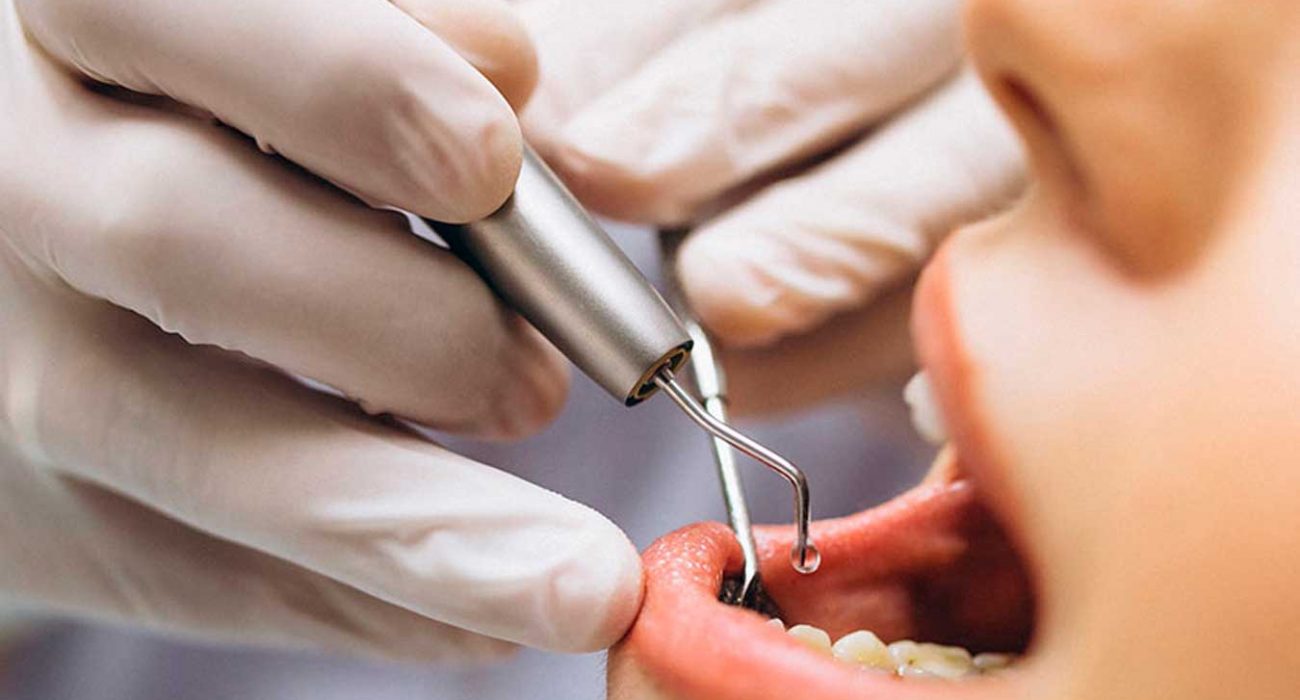Periodontal disease, popularly known as “periodontitis”, is a chronic inflammation of the tissues that support the teeth in the bone. It is a dangerous condition, as if its signs are ignored, it can lead to tooth loss. Its main cause is the aggressive activity of bacteria contained in plaque and tartar that cover dental surfaces. The genetic factor, the stress, are also incriminated, and smoking is the most feared favoring and aggravating factor.
When should we worry?
Bleeding is the first sign of an irregularity in the gums. It occurs frequently during brushing, chewing, or in more severe cases, even spontaneously. Unfortunately, it is often ignored, thus allowing the progression of periodontal disease. Don’t ignore the bright red or purple gums either.
If you notice the withdrawal of the gums, with the “unveiling” of the teeth or their “elongation”, do not delay to see the periodontologist!
If you feel an unpleasant odor in the mouth, which we can not remove by brushing your teeth or frequent rinsing with mouthwash, this is another reason to consult a specialist. Halena fetida comes from the contents of periodontal pockets.
Once removed, the unpleasant odor will disappear.
Another alarm signal is the mobility of the teeth. If you get here, it means that the bone support has decreased quantitatively and the periodontal disease you suffer from has advanced.
Do not ignore the migration of front teeth because this aspect can hide periodontopathy.
What treatments are there?
The patient must understand the importance of impeccable hygiene. The periodontist can help stop the evolution of periodontal disease, but only with the rigorous cooperation of the patient. Any treatment begins with the hygiene of the oral cavity (descaling, brushing and airflow). Subsequently, with characteristic tools, a graph of the depth of bone defects is made (the gum peels off the tooth allowing bacteria to enter the bone and the formation of periodontal pockets, full of microorganisms and infected tissue), and depending on the results, the next step is decided. :
Descaling and subgingival curettage in a closed field – using characteristic tools, remove the tartar from under the gum and polish the root of the tooth, without incising the gum.
Curettage in the open field, accompanied or not by bone addition and reconstruction of the alveolar ridge where the damage is marked, these being surgeries.




